The Mystical Dragon: Japan’s Symbol of Strength and Wisdom
In Japan, dragons represent more than just mythical creatures. They are symbols of protection, wisdom, and nature’s power, making them revered figures in Japanese history, art, and folklore.
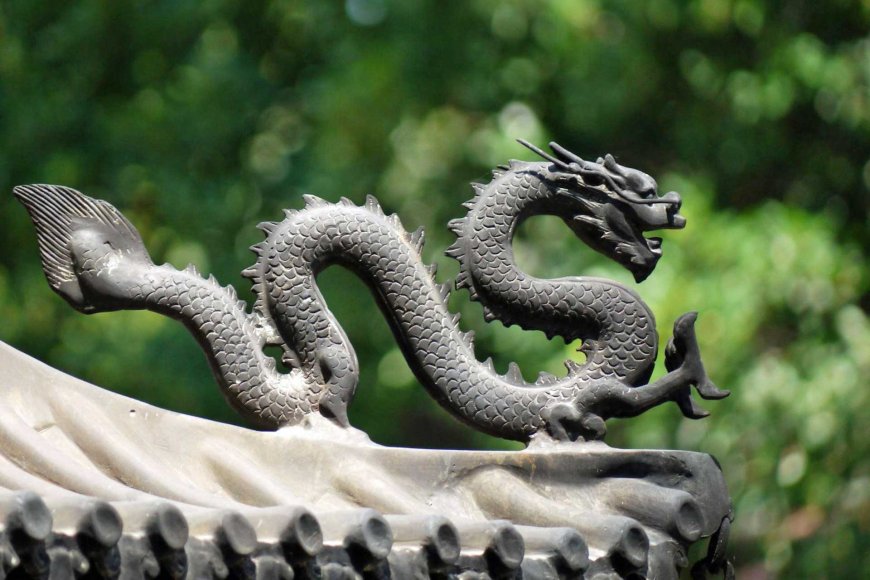
Origins of the Dragon Myth
From ancient legends to modern-day pop culture, dragons have held a significant place in Japanese folklore, art, and literature.
The roots of the dragon myth in Japan can be traced back to ancient China. In Japanese mythology, dragons are known as "ryū" or "tatsu," and they are believed to inhabit the watery realms such as oceans, lakes, and rivers. Initially introduced to Japan through cultural exchanges with China and Korea, the concept of the dragon gradually evolved to reflect indigenous beliefs and cultural values.
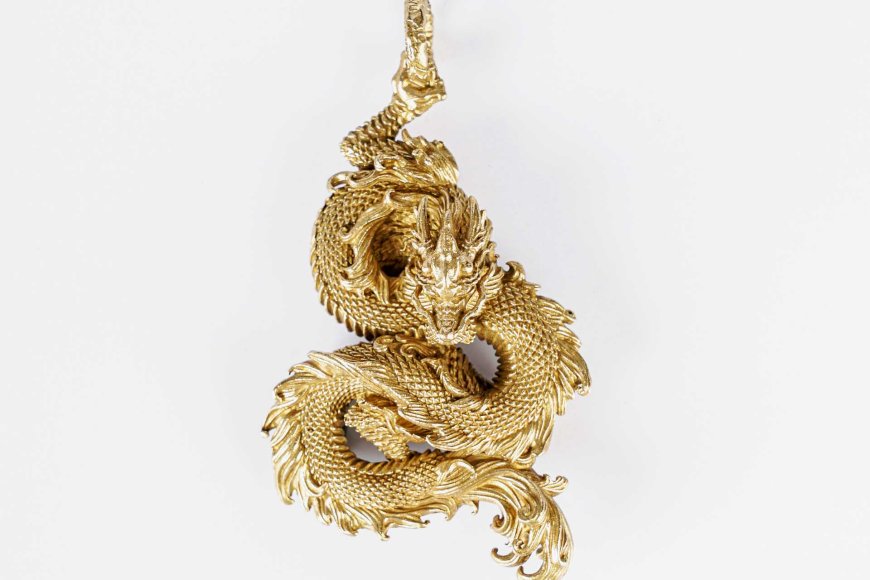
Symbolism and Characteristics
Japanese dragons are depicted as serpentine creatures with scaled bodies, sharp claws, and long, flowing manes. Unlike their Western counterparts, Japanese dragons are typically portrayed as benevolent beings associated with natural elements such as water, rain, and clouds. They are revered as guardians of the earth, capable of controlling the forces of nature.
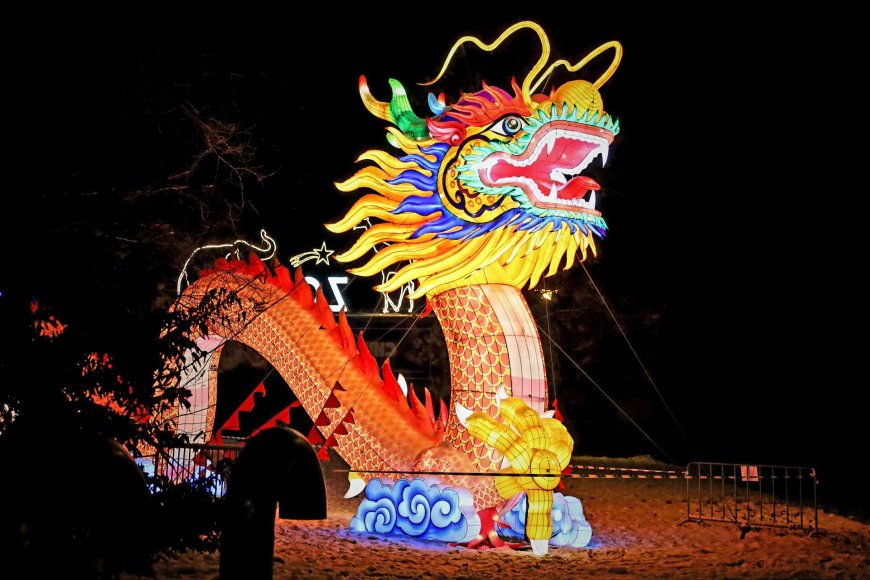
Guardians of the Land
In Japanese folklore, dragons are often depicted as protectors of the land and its people. They are believed to bring rain for bountiful harvests, regulate the flow of rivers to prevent floods, and ensure prosperity and abundance. Temples and shrines across Japan often feature dragon motifs as symbols of divine protection and blessings.
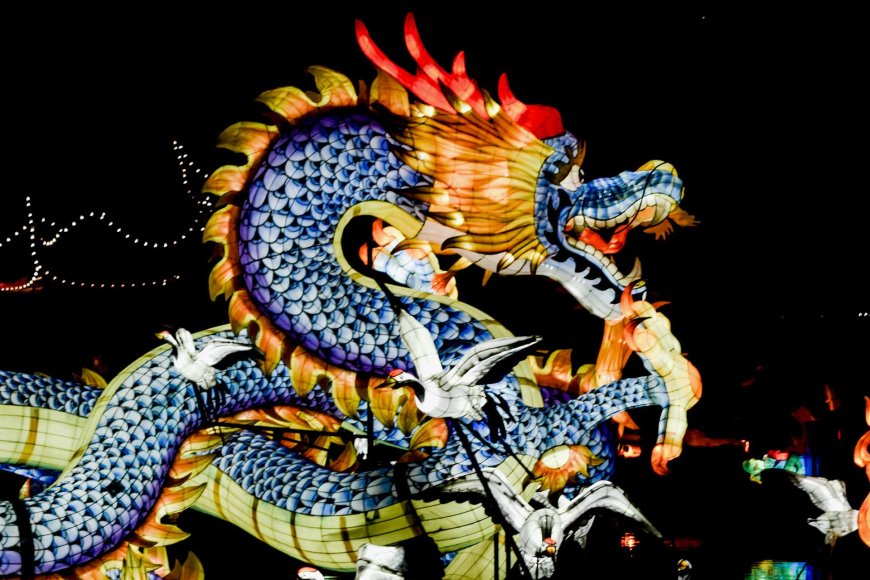
Dragons in Art and Architecture
The influence of dragons in Japanese art and architecture is profound. From intricately carved wooden sculptures to vibrant paintings, dragons are a recurring motif in traditional Japanese art. They adorn temple ceilings, shrine gates, and festival floats, serving as both decorative elements and symbols of spiritual significance.
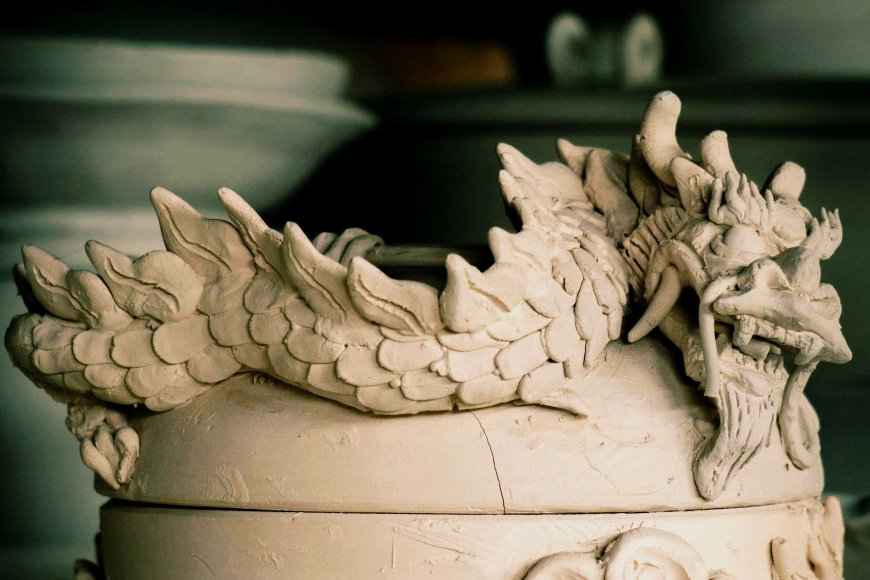
Dragons in Literature and Folktales
Japanese literature is replete with tales of dragons and their interactions with humans. One of the most famous legends is that of Yamata no Orochi, a fearsome eight-headed dragon slain by the hero Susanoo, the Shinto god of the sea and storms. This myth symbolizes the triumph of good over evil and the renewal of life.
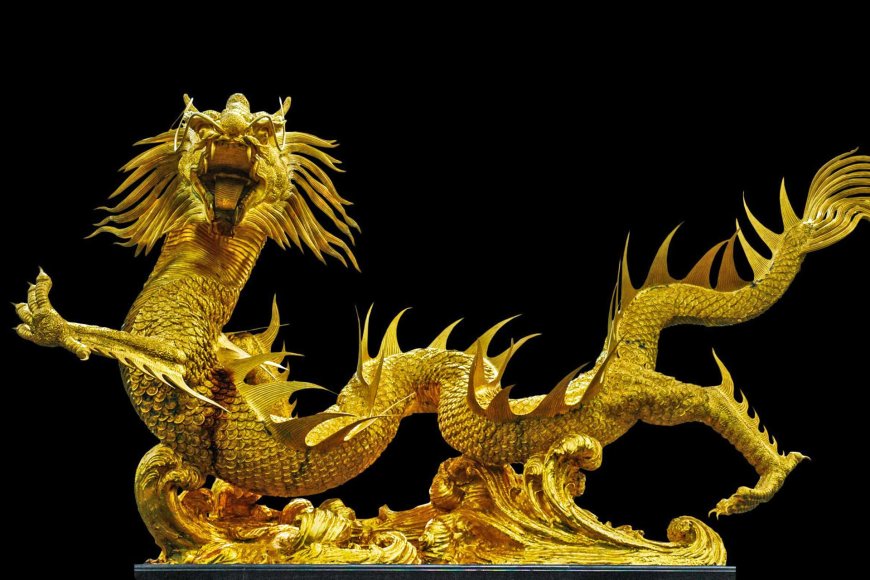
Dragons in Contemporary Culture
Despite their ancient origins, dragons continue to captivate the imagination of modern-day Japan. They feature prominently in manga, anime, video games, and movies, where they often embody themes of courage, friendship, and self-discovery. Iconic characters like Shenron from "Dragon Ball" and Haku from "Spirited Away" have become beloved symbols of Japanese pop culture.
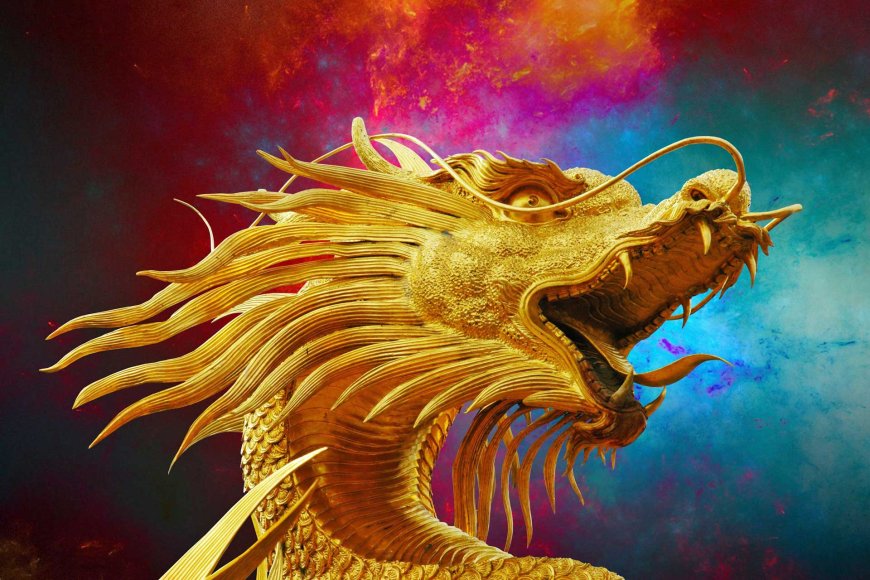
The Dragon Dance
One of the most recognizable traditions associated with dragons in Japan is the dragon dance, known as "ryūjin no mai." Typically performed during festivals and celebrations, this mesmerizing dance involves a team of dancers manipulating a long, serpentine dragon puppet with rhythmic movements and music. The dragon dance is believed to bring good luck and ward off evil spirits, making it a cherished part of Japanese cultural heritage.
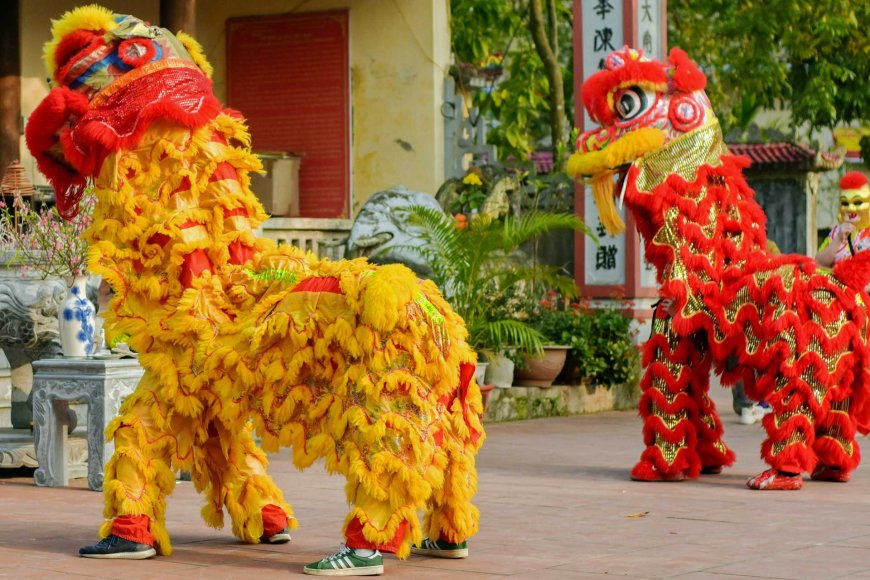
The Dragon's Legacy
The dragon occupies a central place in Japanese culture, embodying the values of strength, wisdom, and protection. From ancient myths to contemporary entertainment, the enduring appeal of dragons continues to fascinate and inspire people around the world. As symbols of resilience and hope, these mythical creatures remind us of the interconnectedness between humanity and the natural world. So, the next time you encounter a dragon in Japanese art or folklore, remember the profound significance it holds in shaping Japan's rich cultural heritage.
Find Cheap Flight Tickets to any Destinations in Japan and the Philippines
Nipino.com is committed to providing you with accurate and genuine content. Let us know your opinion by clicking HERE.































































